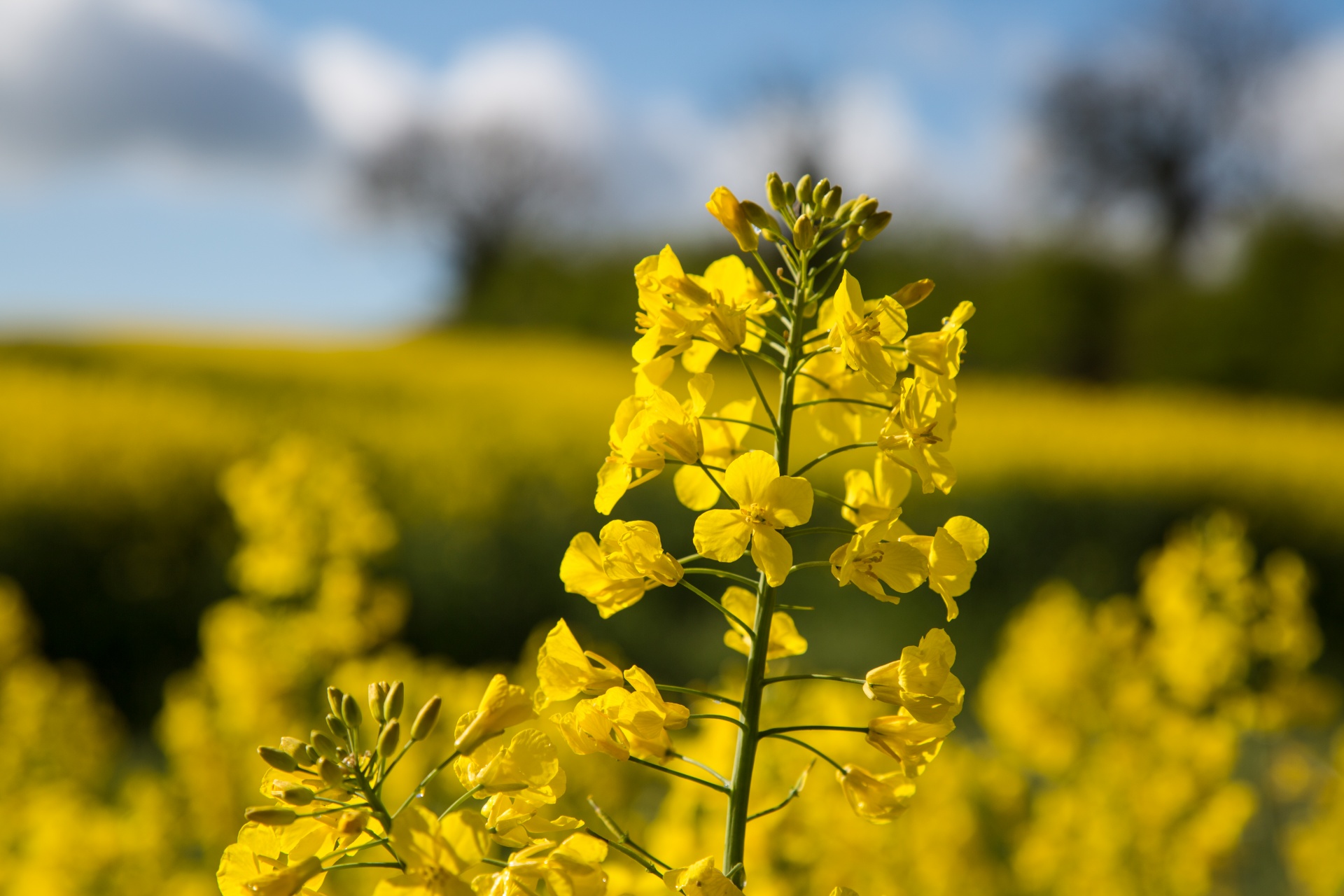
Field Of Yellow Canola Free Stock Photo Public Domain Pictures
(A686, Revised November 2021) Publication File: A686 Canola Production North Dakota leads the U.S. in canola production, with approximately 85% of the domestic production in 2020. Canola is a specific, edible type of rapeseed that contains about 40% oil. The crop was developed in the 1970s.

Beautiful canola fields near Horsham Victoria Horsham victoria, Grand
Canola fields are expanding fast in Eastern Washington. Tue., Aug. 2, 2022. 1 of 3. A bright yellow field of canola is photographed on Thursday, July 14, 2022, near Kamiak Butte in Whitman County.
Canola field in Southern Alberta, Canada. (4000x3000) (OC) r/EarthPorn
Canola research in Canada is focused on the spring planted crop, and in spring canola we know that populations ranging from 5 to 20 plants/ft 2 will generally result in the same yield. Canola Council have summarized research trials and state "canola crops need 30-40 plants/m 2 (approx. 3 to 4 plants/ft 2) to maintain yield potential".
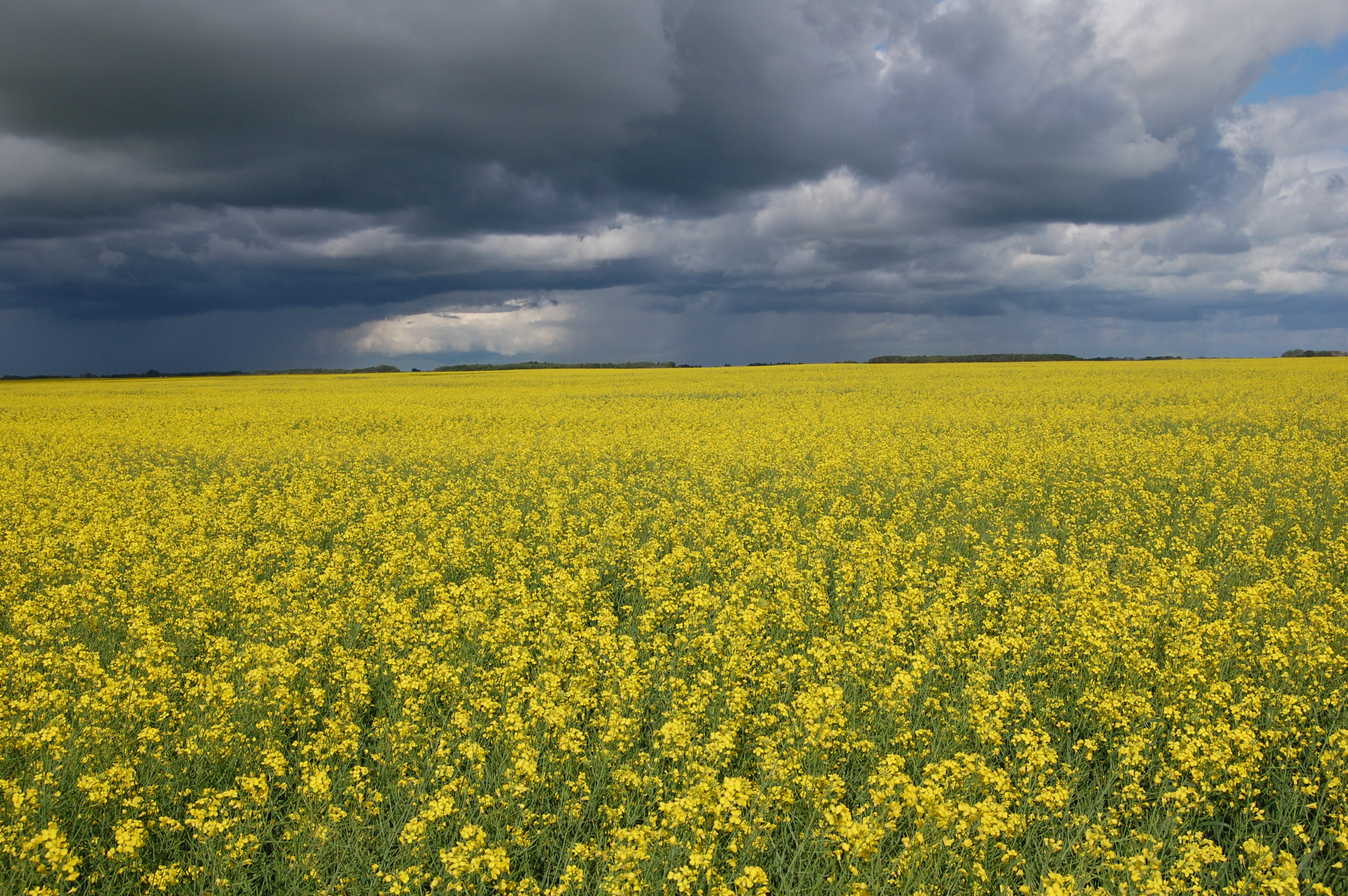
Yellow Canola Field Wallpapers Wallpaper Cave
The term "canola" denotes a group of rapeseed cultivars that were bred to have very low levels of erucic acid and which are especially prized for use as human and animal food. Rapeseed is the third-largest source of vegetable oil and the second-largest source of protein meal in the world. [2] [3] Description Under a microscope
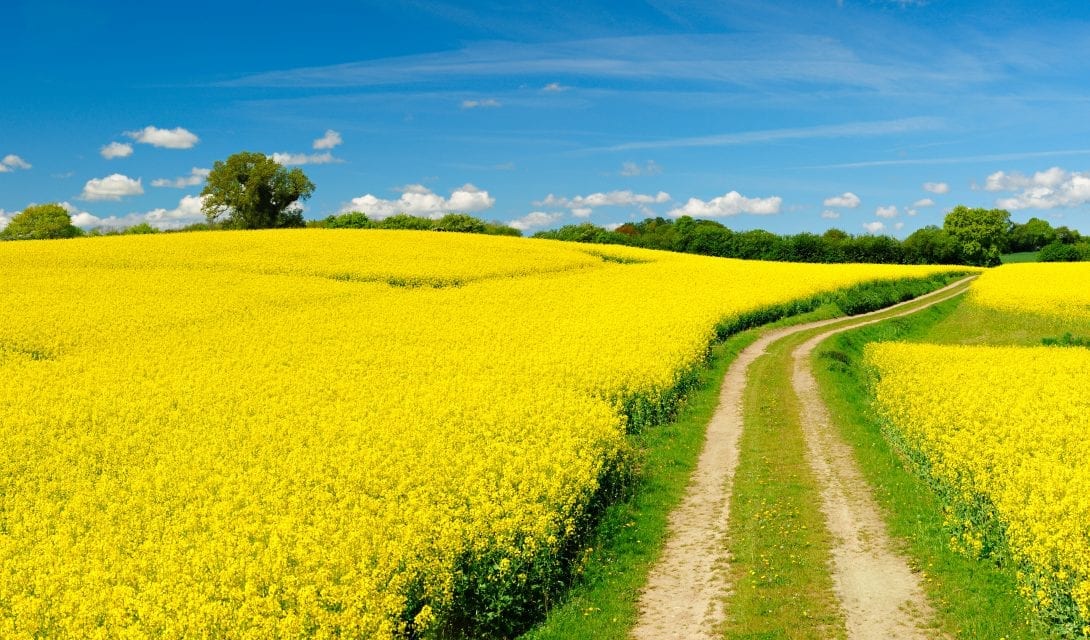
A Canola Pricing Strategy The Alberta Seed Guide
Canola field in Manitoba, Canada Rapeseed oil is one of the most commonly produced vegetable oils globally.. In 2019, world production of rapeseed oil was 24 million tonnes, led by Canada, China, and India as the largest producers, accounting together for 40% of the world total. Canada was the world's largest exporter of rapeseed oil in 2019, shipping 3.2 million tonnes or approximately 76% of.
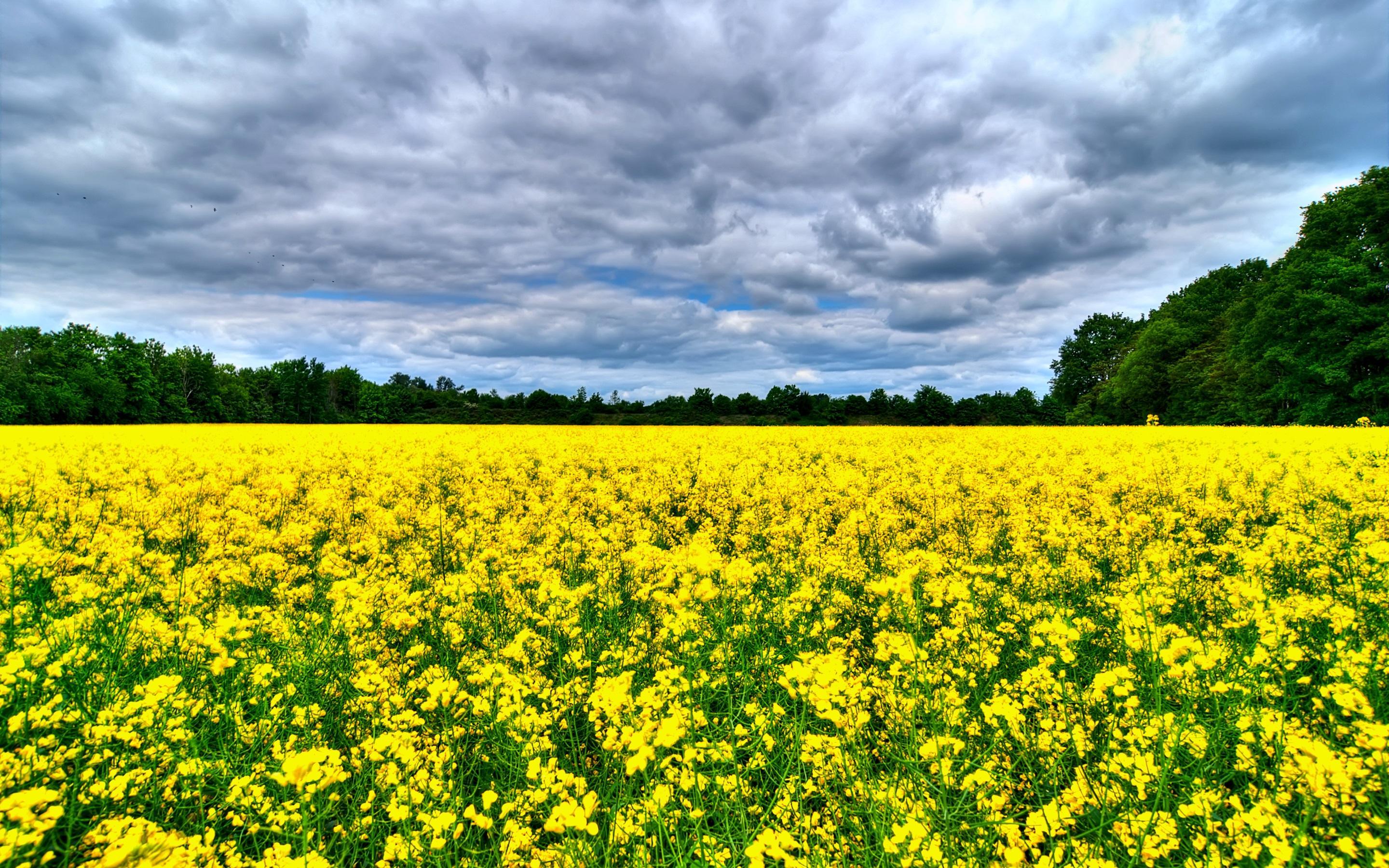
Yellow Canola Field Wallpapers Wallpaper Cave
Canola field in the Municipality of Lorne, Manitoba, 30 July 2020. ("The divine milky yellow canola field landscape at Lorne, MB, Canada" by DrBeetrootCa is licensed under CC BY-SA 4.0) History Unlike other seeds and plants canola and rapeseed do not have a single Latin name.

Field Of Yellow Canola Free Stock Photo Public Domain Pictures
Canola plants grow nearly every day of the growing season, from when they are planted until harvested. Growth begins with the seed, then leaves, stems, flowers, pods and seeds, in a cycle.

Canola fields outside Caledon, Western Cape South Africa Places to
Home / Canola Encyclopedia / Field characteristics Field characteristics Environmental parameters, such as soil, water and climatic conditions, along with management strategies, such as crop sequence, rotation and tillage options have major impacts on each field of canola.
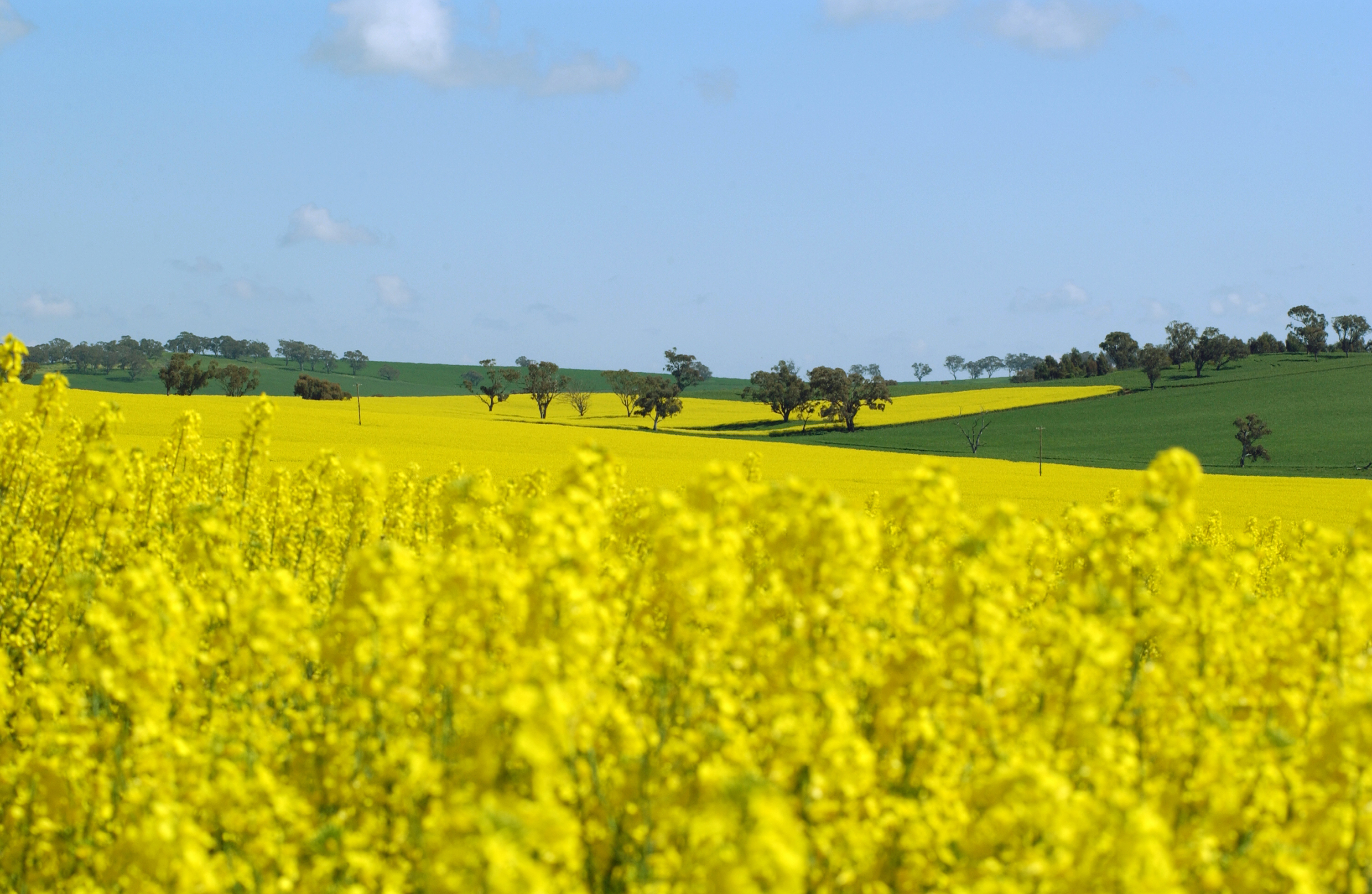
Canola fields forever the contribution of science and tech
Canola fields are expanding fast in Eastern Washington. A bright yellow field of canola is photographed on July 14 from Steptoe Butte north of Colfax. Canola acreage in Washington state has increased more than ten-fold in the past 10 years. PALOUSE — Travelers driving through the rolling hills of the Palouse this summer may have noticed more.
Canola Field in Tobermory [OC] ontario
The North Dakota Canola production field guide provide producers with data on canola production information throughout the state. it addresses issues from hybrid selection, growth and fertilizing, disease, insect and weed control, harvesting and storing. Lead Author: Edited and compiled by Hans Kandel
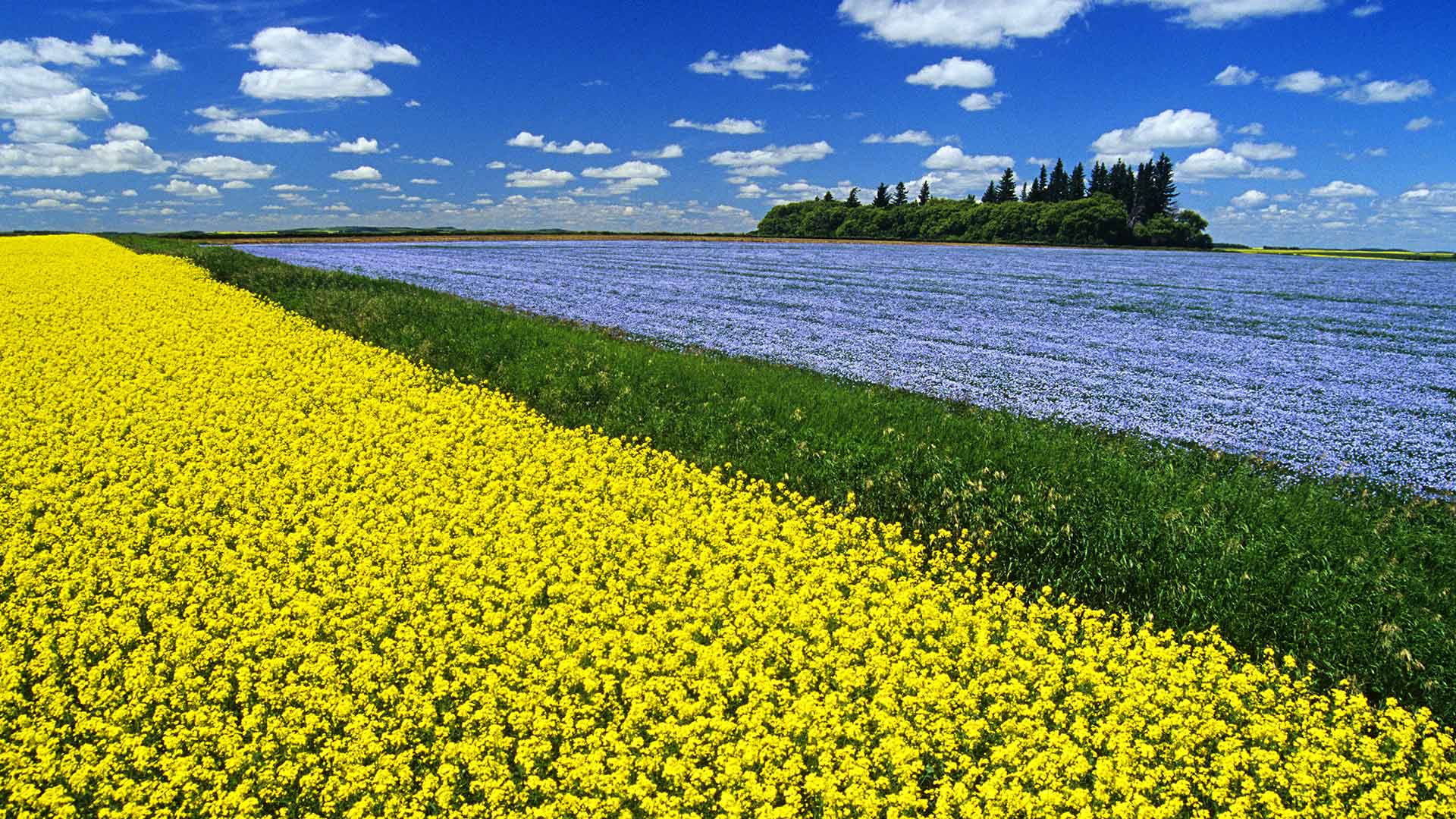
Canola Field Bing Wallpaper Download
(A1171, Reviewed July 2019) Publication File: Swathing and Harvesting Canola The timing of swathing canola is important for quality and yield. This publication provides information about the proper stage to swath canola and the effect of swathing time on yield, green seed and percent oil.
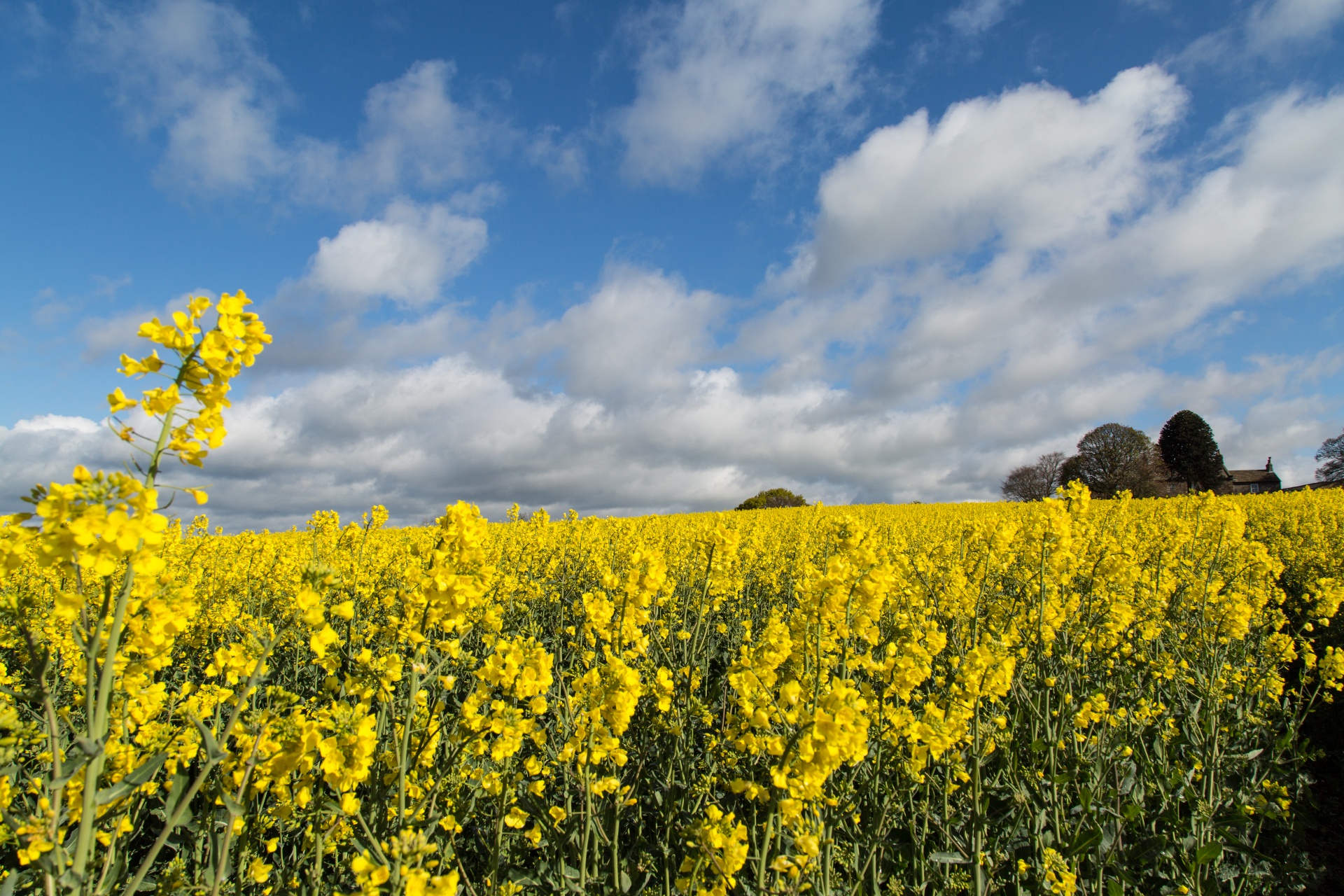
Field Of Yellow Canola Free Stock Photo Public Domain Pictures
The fields of canola — also known as rapeseed — are used in the production of cooking oil. They're also as popular with bees as tourists and photographers, so beekeepers set up tents among.
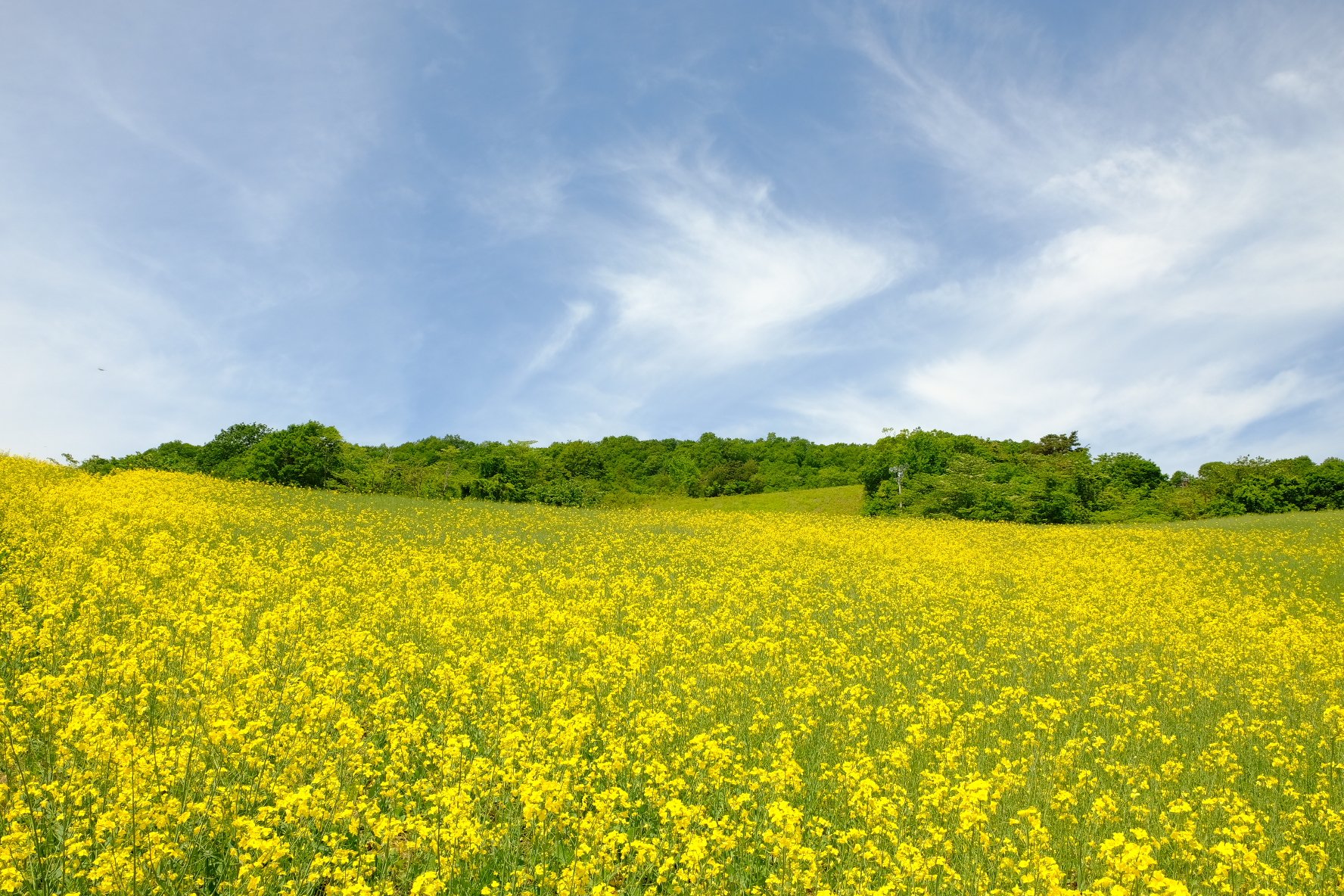
Field of Canola Flower spread in Sannokura Highland Tabimania Japan
Canola (oilseed rape; Brassica napus L.), the world's third largest oilseed crop, commonly fails to establish effectively in many regions, which limits yield potential and increases agronomic costs to control weeds, diseases and pests. In the worst cases, crops must be re-sown at significant cost.
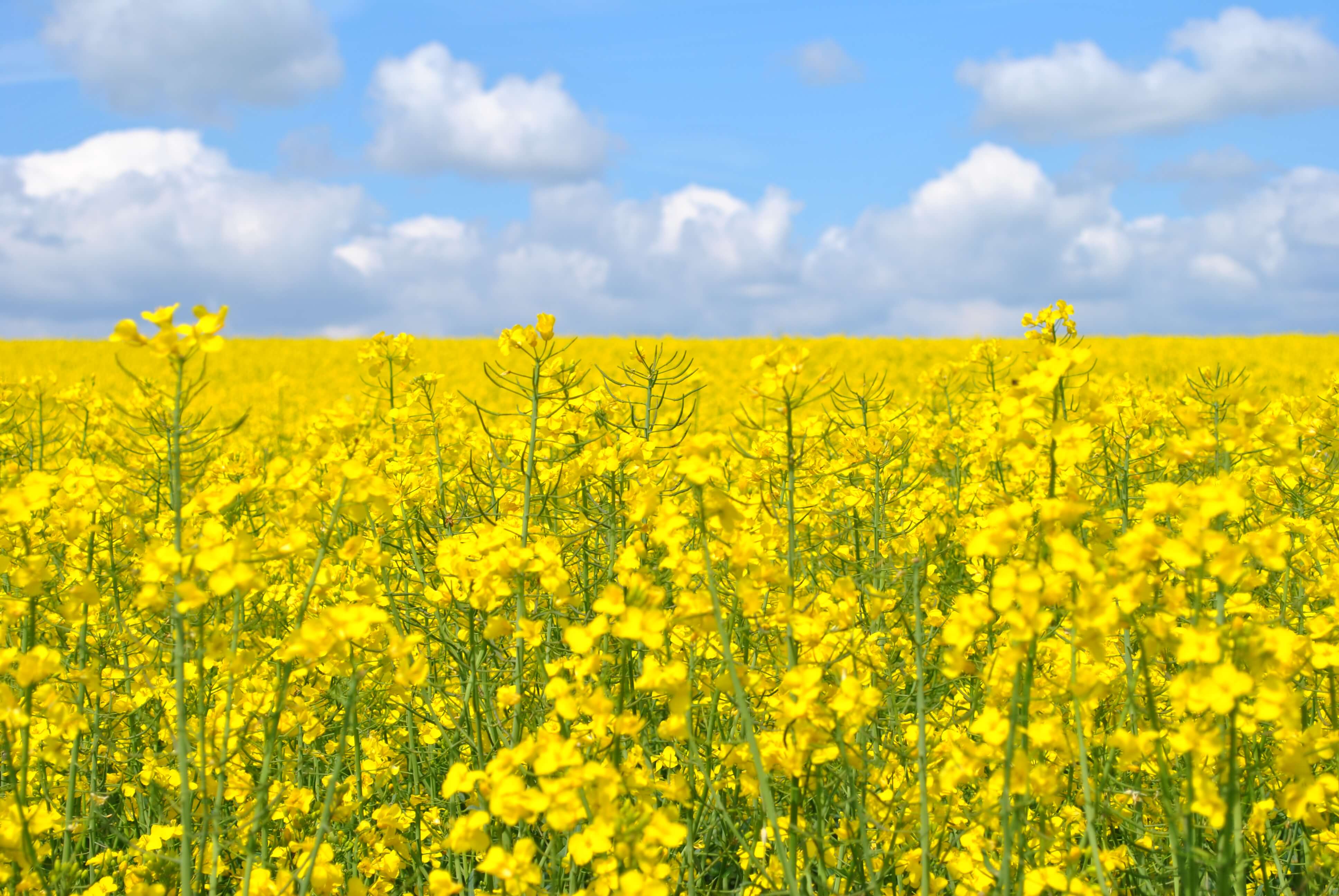
Canolafield Literacy Project
Canola is one of the major oilseed crops grown in the world, with most vegetable oil produced from canola seed used for cooking oil or as part of human food products such as crackers, chips, breads, and other foods containing vegetable oil.
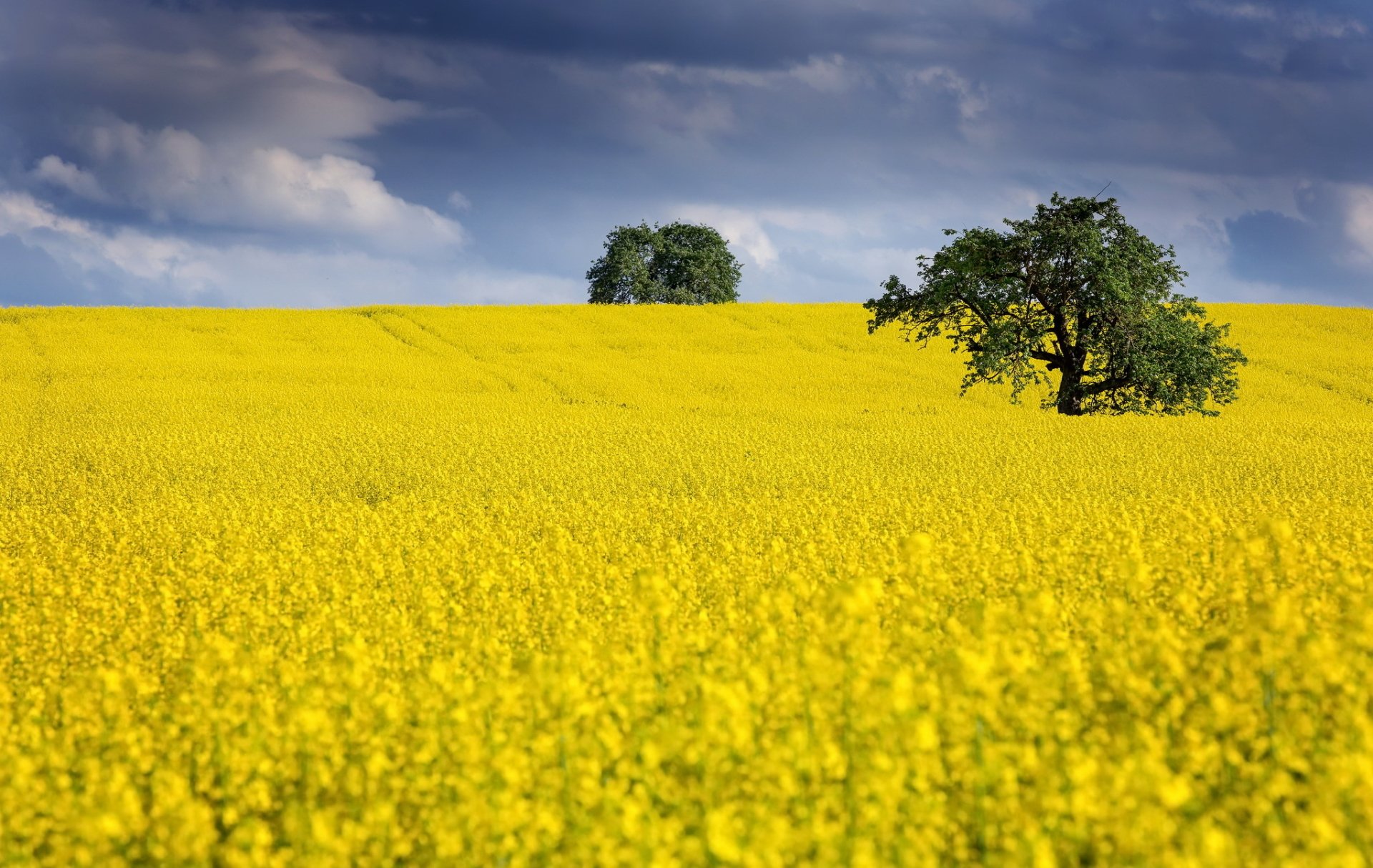
Nature Canola HD Wallpaper
Canola, commonly known as rapeseed, is a bright-yellow flowering member of the family Brassicaceae—the mustard and cabbage family. Aaron McCoy via Getty Images In some cases, these stunning blooms can grow up to 5-feet tall. The plants start to lose their height and structure after flowering, and they are typically harvested in mid-August.

Oklahoma Canola Fields Jennifer Chronicles
rapeseed, ( Brassica napus, variety napus ), plant of the mustard family (Brassicaceae) grown for its seeds, which yield canola, or rapeseed, oil. Canola oil is variously used in cooking, as an ingredient in soap and margarine, and as a lamp fuel (colza oil).